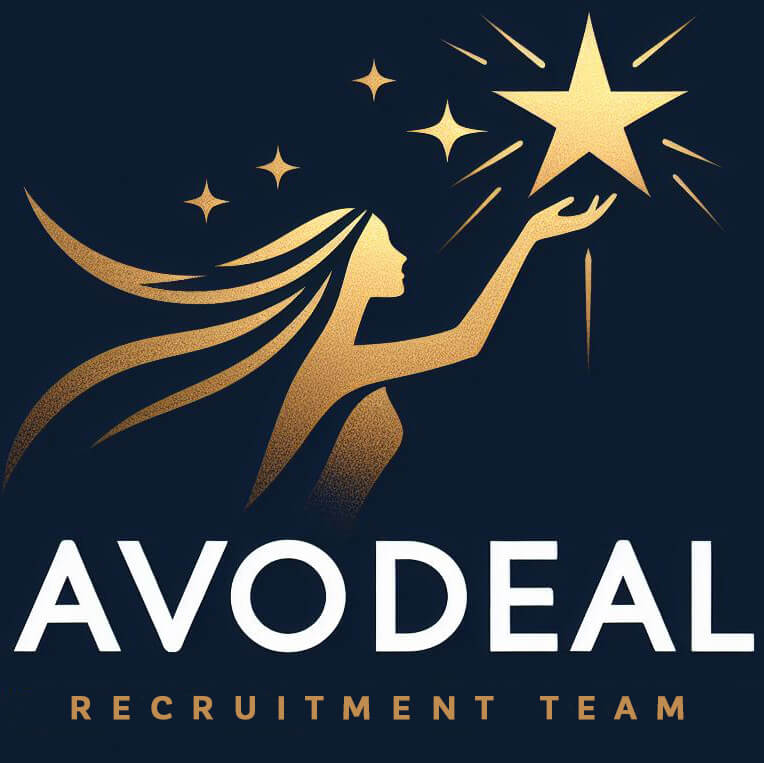General Structure of CV

The first part “How to built an effective CV” is via here
We have already covered the key aspects of your CV. Now, let's move on to its structure and explore how to organize it effectively.
Your contact information is the foundation of your resume, as it allows recruiters to reach you. Be sure to include your full name—first name(s) followed by your last name. This order is critical because ATS systems interpret the first word as the first name and the last word as the surname. Incorrect order can lead to misinterpretation when your resume is entered into the database.
Additionally, include at least one reliable method of contact. This typically means an active email address and phone number. I also strongly recommend providing a link to your LinkedIn profile. However, ensure your LinkedIn profile is up-to-date and professionally presented before sharing it. A polished LinkedIn profile can significantly enhance your chances, as recruiters often cross-check it.
If you are targeting a specific country or city for your job search, make sure to include your current location in your resume. This can help recruiters quickly identify your availability for local roles.
Please avoid including personal and unnecessary details, such as your home address, date of birth, or marital status. These details are irrelevant to your professional qualifications and can clutter your resume.
As for photos, opinions vary. Since LinkedIn profiles often include photos and are widely used for job searches, it's acceptable to include a photo in your resume. However, it's essential that the photo is professional and current. If you're unsure, it's better to leave it out entirely rather than include an outdated or informal picture.
The next section, known as the “Summary” or a brief professional overview, is one of the most important parts of your resume. This is your chance to present yourself as a professional, make a strong first impression, and immediately show the employer that you are the right candidate.
The Summary is a concise and impactful section that should instantly grab the recruiter's attention and help them to understand who you are, what you have done, and why you are a perfect fit for the role.
Please start by clearly and briefly answering the following questions:
- Who are you professionally?
- Where have you worked, and what is your area of expertise?
- What makes you unique?
- What are your strongest skills or areas of expertise?
These answers will help you formulate the text that will become the foundation of your Summary. For instance, instead of using generic phrases like “an experienced professional with good communication skills,” provide specifics: “Certified Java developer with 5 years of experience in enterprise application development and REST API integration. Led a team of 3, resulting in a 20% increase in project efficiency.”
Many recruiters read this section first to determine whether it's worth delving into the rest of the resume. If the Summary is unclear, empty, or overloaded with irrelevant details, your resume risks being set aside.
At the same time, it's important to keep in mind that the Summary should be concise yet informative. Typically, 3-5 sentences are enough to convey your experience, strengths, and unique qualities.
The Summary is not just a line in your resume — it's your statement of who you are and what value you bring to the employer. Approach it thoughtfully, and it will become a powerful tool for advancing your candidacy.
The work experience section is the central part of your resume that demonstrates your skills and achievements. This section gives employers an idea of the contribution you can make to the company. However, mistakes in formatting your work experience can make your resume difficult to read and affect your chances of being invited for an interview.
Reverse Chronological Order When compiling the work experience section, it's crucial to adhere to reverse chronological order. This means your most recent (or current) work experience should be listed first, with previous expereinces following in descending order.
Why is this important? Recruiters and hiring managers primarily focus on your current professional status and experience. If the first position listed is an outdated role, such as a junior-level position, there's a high chance that key information about your current level will be overlooked. This is especially critical if you're applying for leadership or specialized positions, but your experience indicates a lower level.
Clarity and Structure Your work experience should be structured and as clear as possible. Include:
- Company name and industry
- Position you held
- Period of employment (month and year of start/end)
- Main tasks you performed, focusing on the most significant ones
- Specific achievements in numerical or descriptive format
For example, instead of "Responsible for testing," write: "Developed automated test cases for 30+ functionalities, reducing regression testing time by 25%."
Achievements, Not Just Responsibilities. It's important to describe not only what you did, but what you specifically accomplished. Indicate measurable results of your work. For example:
- Increased team productivity by 15% through process optimization
- Reduced production costs by 10% through process optimization
- Developed and implemented an automated testing system, reducing production errors by 20%
Please Avoid Non-Standard Formatting. It's crucial that your resume is readable and professional. Using non-standard formatting, such as bright colors, drawings, or overcrowded graphics, can distract from the content. Sometimes such resumes are simply hard to read, especially if bright colors are used that interfere with focusing on the text. ATS systems, which companies use for automated resume analysis, may also not recognize non-standard formats or images, leading to your resume being excluded from consideration
Try to focus on skills and achievements relevant to the job. A resume overloaded with details can make it difficult to perceive information. Also, avoid adding personal information or data unrelated to professional activities.
The "Education" section is an important part of a resume, especially for candidates with limited work experience or those just starting their career journey. However, the approach to formatting this section may vary depending on your level of professional development.
In most cases, the "Education" section is placed after the "Work Experience" section. This is because employers are primarily interested in your professional experience and achievements. However, if you are a current student, recent graduate, or a young professional with minimal experience, the "Education" section should be placed above the "Work Experience" section. In this case, the focus is on your academic background and the knowledge you've acquired, which can compensate for a lack of professional experience.
How to List Education Properly:
- Please list the full name of the educational institution. If the university is internationally recognized or known
- Specify your level of education (Bachelor's, Master's, PhD, etc.)
- Include your major or field of study, e.g., "Master of Applied Mathematics" or "Bachelor of Computer Science"
- Add the years of study, e.g., "2017-2021"
- If you have an academic degree, be sure to specify which degree it is and in what field it was obtained. For example: "PhD in Technical Sciences, specialization — Artificial Intelligence"
If you have taken courses that are related to your profession, include them in this section or highlight them in a separate block, such as "Additional Education."
The "Skills" section is one of the key parts of a resume, allowing recruiters or ATS (Automated Tracking Systems) to quickly assess whether you are a good fit for an open position. A well-crafted and structured skills section can significantly improve your chances of success.
Where should the skills section be placedIf your professional skills are central to the job you're applying for, it is best to place this section at the beginning of your resume—right after the Summary section. This allows the recruiter to quickly understand that you have the required expertise without diving into the details of your work experience.
How to structure your skillsIt is best to divide your skills into categories to make them easy to read. This approach simplifies the information for both ATS systems and recruiters.
Example of a structured section for a programmer:
- Operating Systems: Windows, Linux, macOS.
- Programming Languages: Java, Python, C#.
- Frameworks and Libraries: Spring, Django, React.
- Databases: PostgreSQL, MySQL, MongoDB.
- DevOps Tools: Docker, Kubernetes, Jenkins.
Example for a tester:
- Testing Tools: JUnit, TestNG, Cucumber.
- Test Automation Tools: Selenium, RestAssured, Selenide.
- Types of Testing: Functional, Load, Regression.
- Programming Languages for Automation: Java, Python.
- Test Management Systems: Jira, TestRail.
This approach makes your skills clear and easy to analyze, increasing the likelihood that your candidacy will be considered.
Despite their importance in work, soft skills are best not included in the resume. They are not verifiable at this stage of the selection process, and phrases like “stress resistance,” “communication skills,” or “teamwork” sound too generic. Most candidates include them in their resumes, which causes these qualities to lose their value. Instead, focus on demonstrating your soft skills during the interview stage or when completing test tasks.
In this article, we have explored the general structure of a CV and identified the key sections that help create a resume that catches the employer's attention and increases your chances of getting an interview. In the next part, we will discuss what makes a CV truly effective and how to avoid common mistakes when writing one.
The conclusion part “Features of a Good CV and How to Avoid Common Mistakes” is via here
January, 30. 2025
© Diana Gokhshtein
